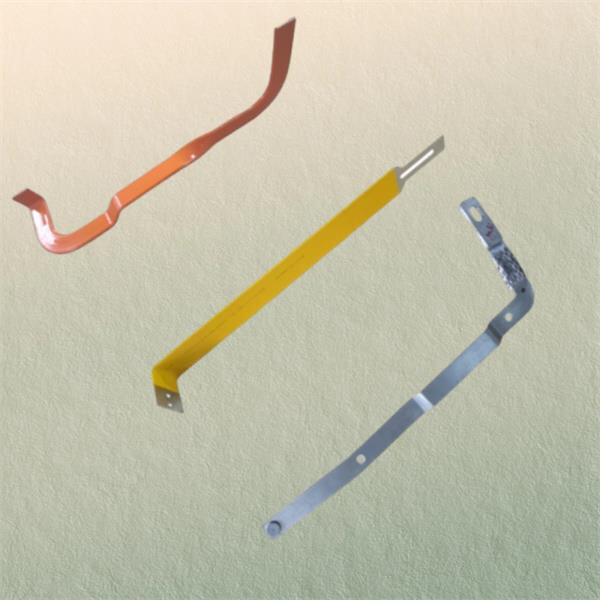Electricity is what we use in our everyday lives to light our homes, switch on our TVs and charge our devices. But have you ever wondered how power gets from one location to another? That’s where busbars come in! Today we are going to learn about single phase Busbars and how they are used to carry electrical power in building and factories.
A one-phase busbar resembles a giant strip of metal that conducts electricity from point A to point B. It’s an important aspect of how electricity is shared, as it helps move electricity safely and efficiently. In the same way that a pipe delivers water to various areas of a house, a single phase bus bar delivers electric power where it is needed.
Single phase busbars enjoy many good things. They are simple to install, and generate megawatts of electricity per acre without taking up too much space. This makes them ideal for buildings and factories that require a large amount of power. They also play a role in keeping people safe from electrical accidents because they are designed to handle high voltage and current well.

When designing a single phase busbar system one needs to consider how much power you need, how far the electricity has to travel, and how many loads will be attached. It's also very important that the busbar be installed properly and connections be tight to prevent any hazards. "Good planning is essential for the busbar to function properly.
One phase busbars are widely used in industrial places such as factories and processing plants. They assist in generating the force of machines and other electric appliances that require a substantial amount of electricity to operate. It is easier to control how power is divided in these areas using a single phase busbar.
There are, however, other options when it comes to transmitting electricity, such as cables and wires. There are pros and cons to every choice but a lot of people prefer single phase busbars because they are affordable, reliable, and easy to maintain. Single phase busbars also suffer less energy loss than cables, so more power gets to where it’s supposed to be.
Copyright © Kinto Electric Co., Ltd All Rights Reserved